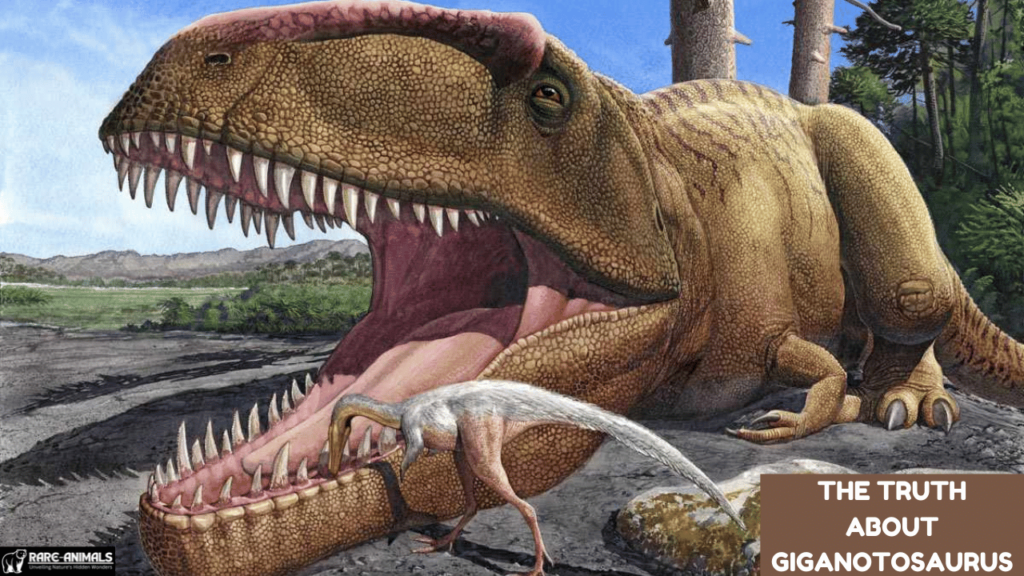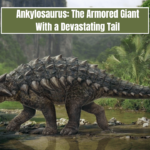The Giganotosaurus, one of the largest theropod dinosaurs to have ever lived, has gained widespread recognition due to its portrayal in popular media, especially in Jurassic World: Dominion. However, beyond the Hollywood hype, what do we really know about this prehistoric giant?
This article delves into the real-world facts about Giganotosaurus, comparing it to other apex predators, exploring its paleontological significance, and separating fiction from reality.
Giganotosaurus: A True Giant of the Cretaceous
Giganotosaurus carolinii lived during the Late Cretaceous period, approximately 98 million years ago, in what is now Argentina. It was one of the largest carnivorous dinosaurs, rivaling even the mighty Tyrannosaurus rex.
Key Facts About Giganotosaurus
- Length: Estimated between 40-43 feet (12-13 meters)
- Weight: Around 8-10 tons
- Diet: Likely preyed on large herbivores such as the giant sauropods
- Discovery: First discovered in 1993 by Rubén D. Carolini in Patagonia, Argentina
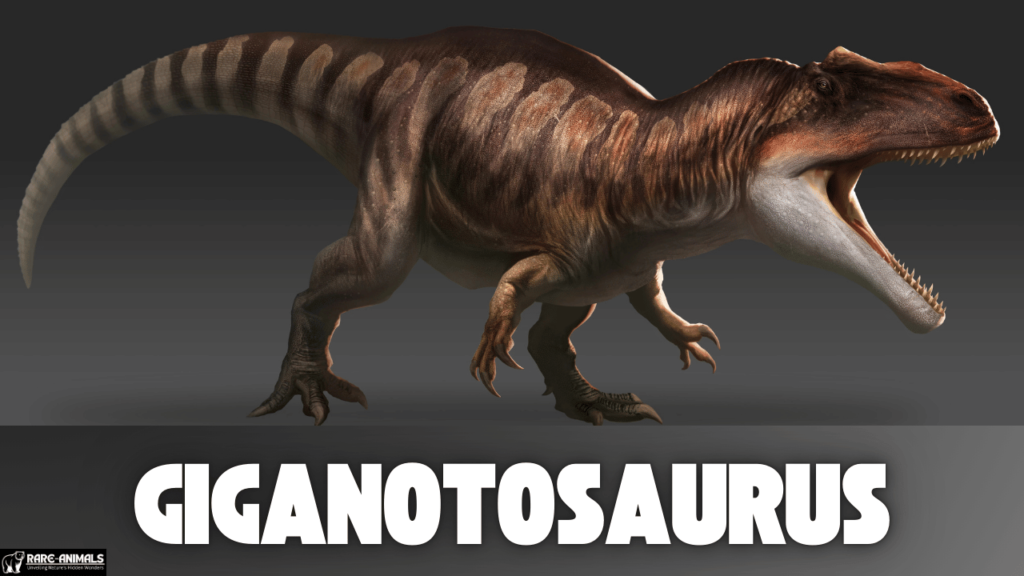
How Does Giganotosaurus Compare to T. rex?
While often compared to Tyrannosaurus rex, Giganotosaurus had several key differences:
| Feature | Giganotosaurus | Tyrannosaurus rex |
|---|---|---|
| Time Period | 98 million years ago | 68-66 million years ago |
| Location | South America | North America |
| Size | Slightly longer, but lighter | Shorter, but more robust |
| Bite Force | Weaker than T. rexOne of the strongest bite forces in historySpeedPossibly faster (estimated at 31 mph)Slower but powerful (approx. 12-18 mph) |
While Jurassic World portrays Giganotosaurus as a dominant rival to T. rex, in reality, they lived in different time periods and never encountered each other.
Hunting and Behavior: Was It a Pack Hunter?
Some paleontologists speculate that Giganotosaurus may have hunted in groups, similar to modern wolves, based on fossil evidence of closely related carcharodontosaurids. However, conclusive proof is lacking, and it may have been a solitary apex predator like T. rex.
Theories on Its Hunting Strategies
- Ambush Predator: May have used speed to chase down prey before delivering fatal bites.
- Pack Hunting: Some theories suggest coordinated attacks on large sauropods.
- Opportunistic Feeder: Possibly scavenged when needed, similar to many modern predators.
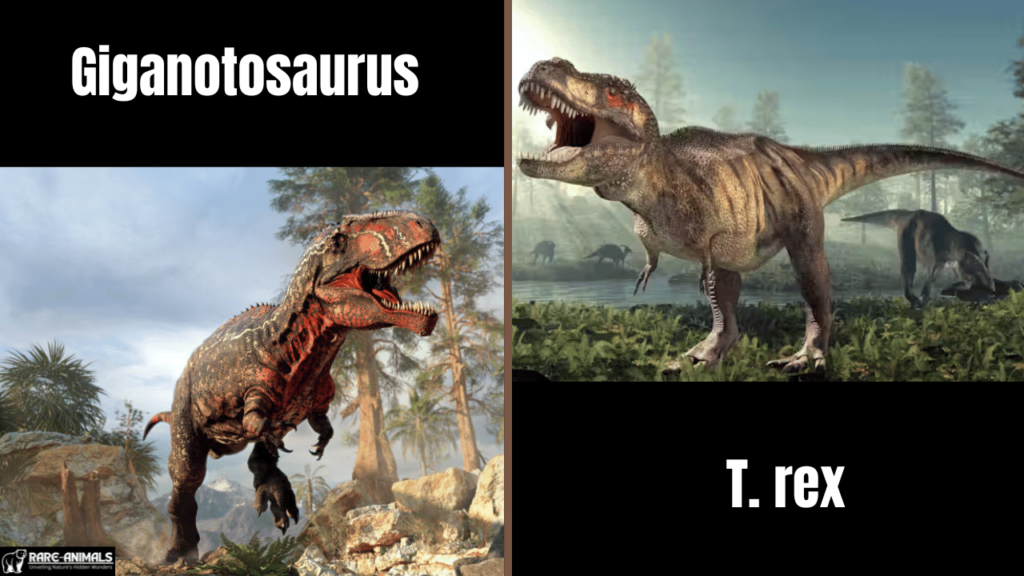
The Role of Giganotosaurus in the Ecosystem
Giganotosaurus played a crucial role in its ecosystem, likely keeping herbivore populations in check. It coexisted with other large dinosaurs, including:
- Argentinosaurus (one of the largest land animals ever)
- Ekrixinatosaurus (a fellow carcharodontosaurid)
- Various smaller theropods and herbivorous dinosaurs
This balance of predators and prey contributed to the biodiversity of the Late Cretaceous landscapes of South America.
Giganotosaurus in Popular Culture
The 2022 movie Jurassic World: Dominion depicted Giganotosaurus as the largest and most terrifying predator. However, Hollywood took some creative liberties:
- Exaggerated Size: While large, it was not significantly bigger than T. rex.
- Overpowered Abilities: Its strength and aggression were dramatized for cinematic effect.
- Inaccurate Interactions: It never coexisted with species like T. rex or Velociraptors.
Despite these inaccuracies, its appearance in media has sparked widespread interest in real paleontology.
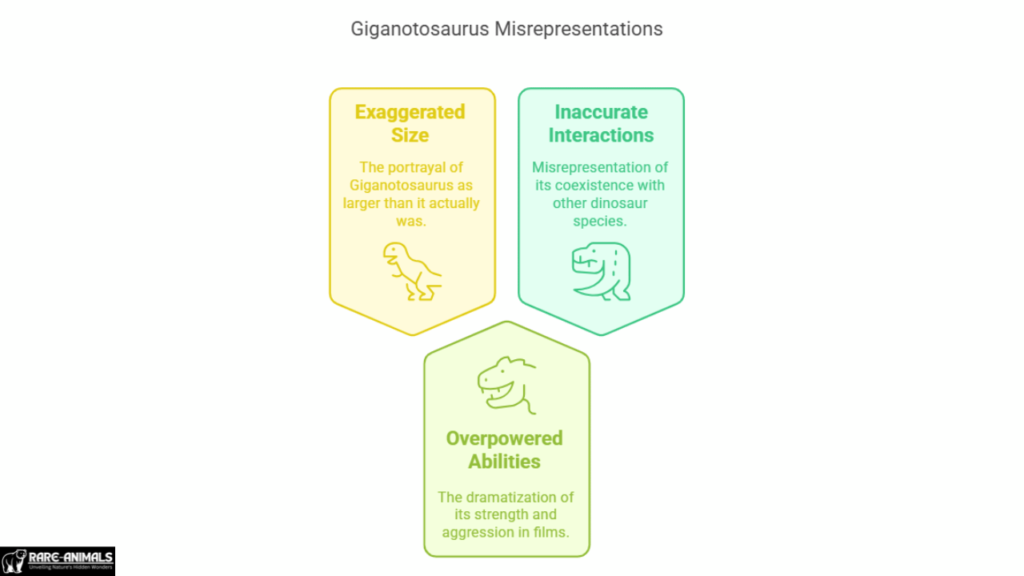
Conclusion
Giganotosaurus remains one of the most fascinating theropods ever discovered, offering insight into prehistoric ecosystems and predator dynamics. While often compared to T. rex, it was a unique predator with its own evolutionary adaptations.
Separating fact from fiction allows us to appreciate this dinosaur beyond the Hollywood hype and explore its true role in Earth’s history.
FAQs
1. How big was Giganotosaurus compared to T. rex?
Giganotosaurus was slightly longer but lighter than T. rex, making them comparable in overall size.
2. Did Giganotosaurus hunt in packs?
There is some speculation about pack hunting, but no definitive evidence supports this theory.
3. Where was Giganotosaurus discovered?
It was first discovered in Argentina’s Patagonia region in 1993.
4. Could Giganotosaurus defeat T. rex in a fight?
Since they lived in different time periods and ecosystems, they never would have encountered each other. However, T. rex had a much stronger bite force, while Giganotosaurus may have been faster.
5. What was the bite force of Giganotosaurus?
Its bite force was likely weaker than that of T. rex but still strong enough to take down large prey.
For more exciting dinosaur facts and paleontological discoveries, share this article or follow us for updates on prehistoric life!

Alveena is an experienced content writer with a knack for crafting engaging and insightful pieces. She thrives on breaking down complex ideas and presenting them as clear, captivating content that resonates with readers.

